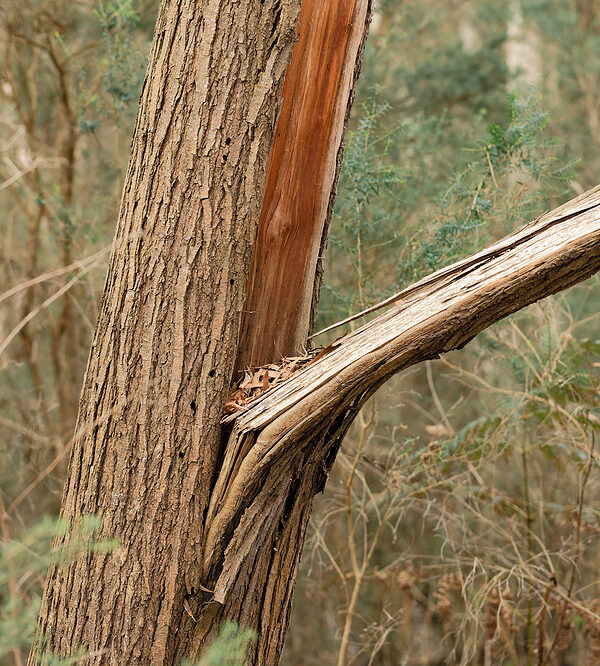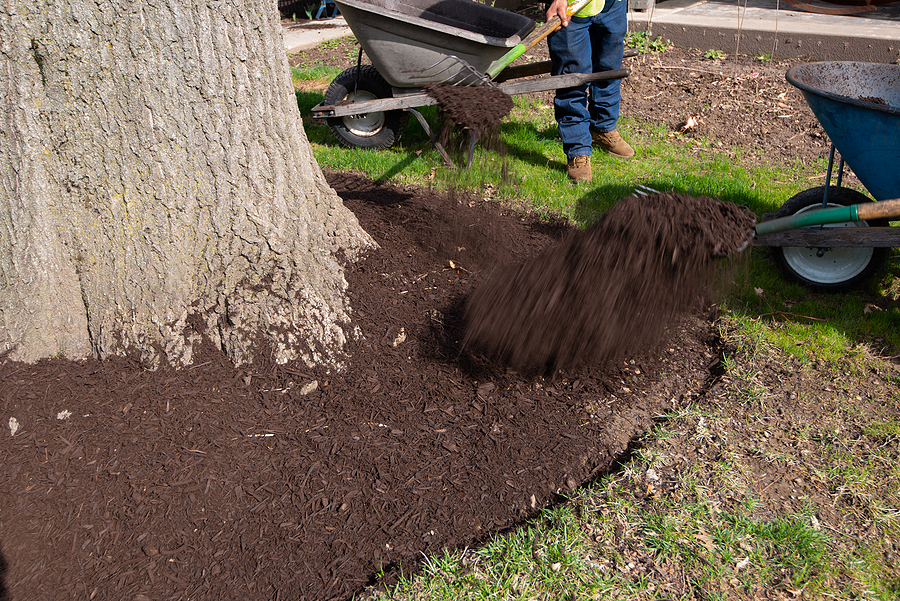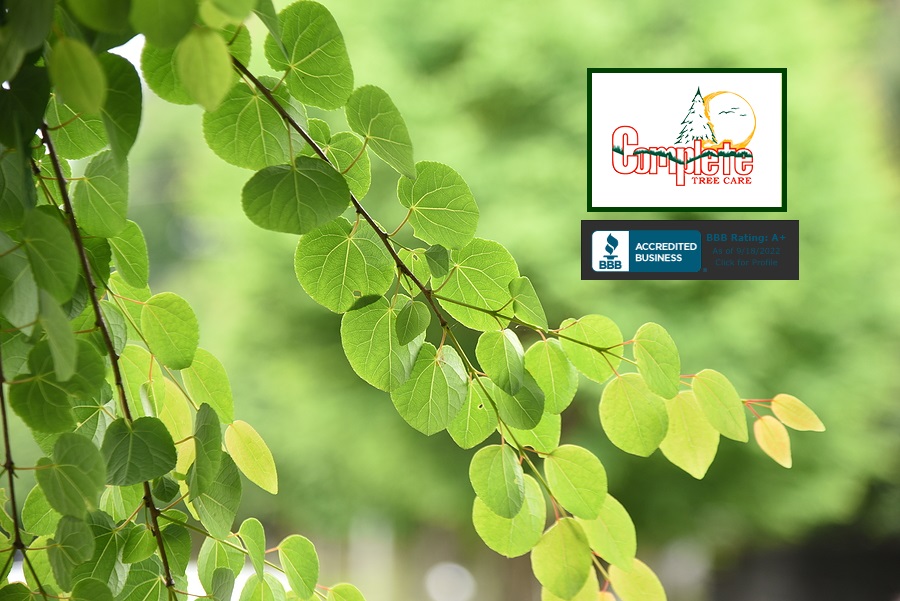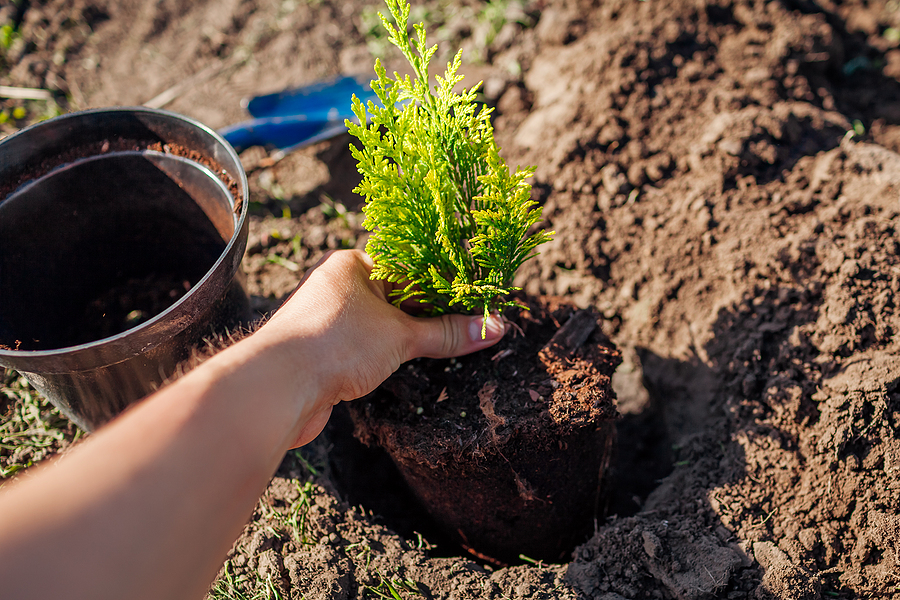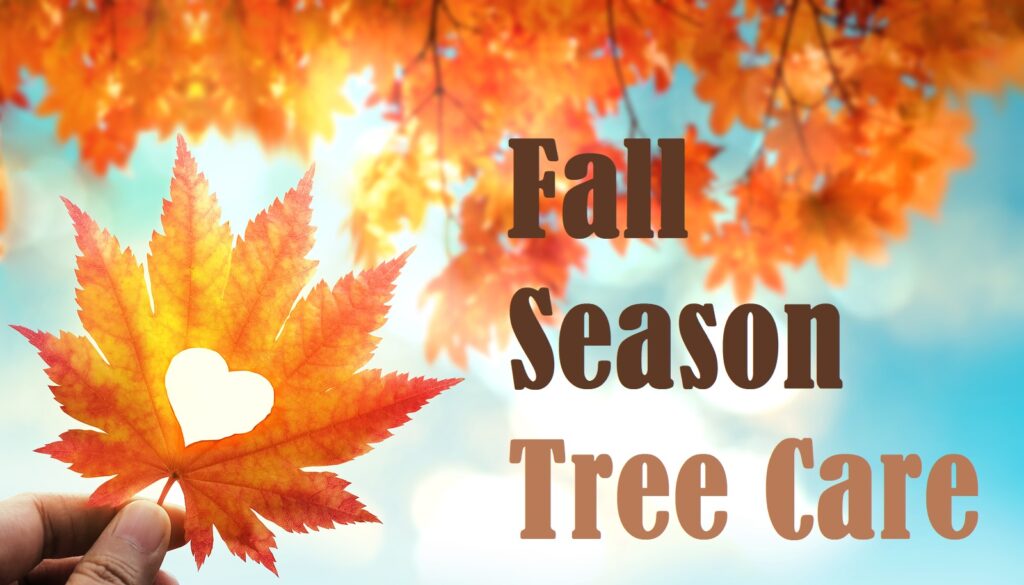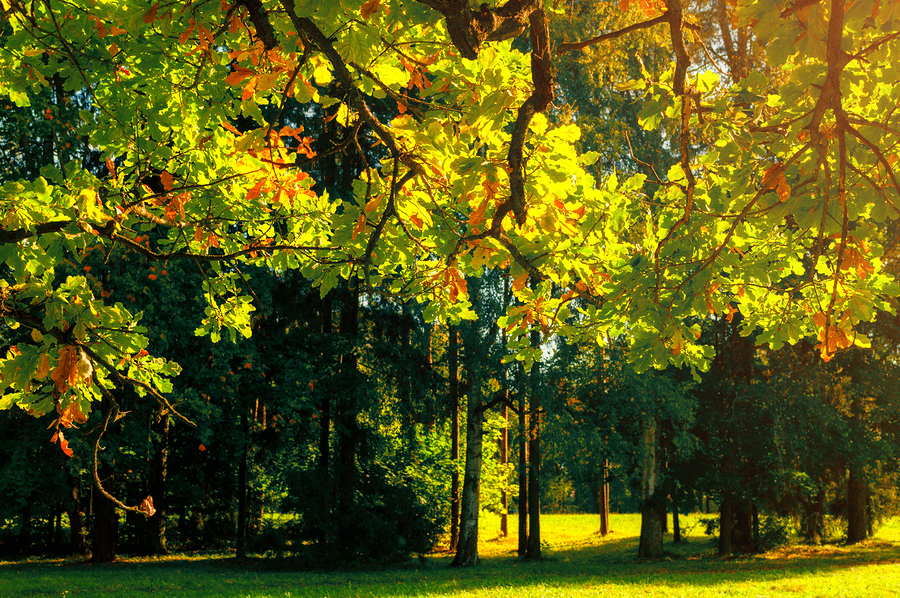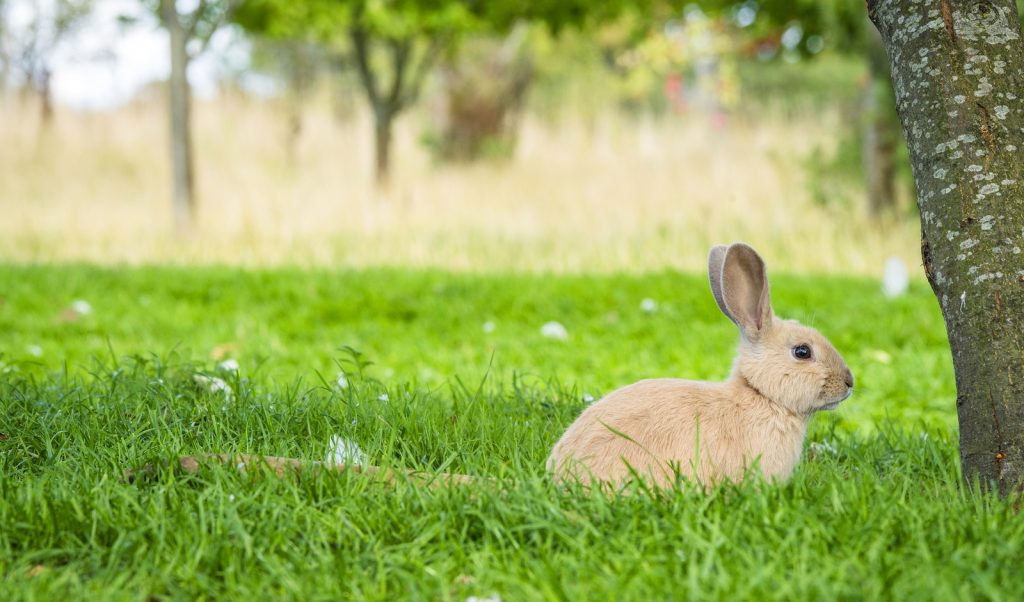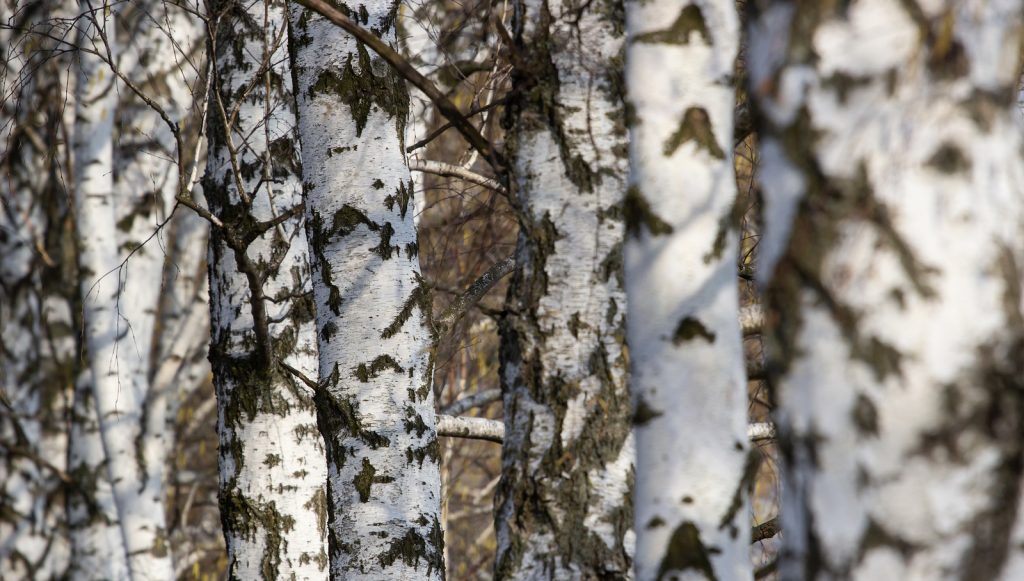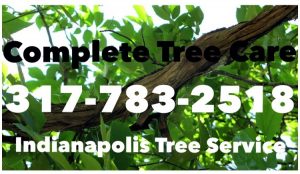Pruning is more than just a random snip here and there on your beloved trees. It’s an intricate art – a dance of science and nature that, when done correctly, can lead to thriving, healthy trees. This post aims to shed light on this crucial aspect of tree care. We will delve into the why’s, the when’s, and the how’s of pruning, providing you with a toolkit of knowledge that can help your trees remain lush, robust, and beautiful. So get your pruning shears ready as we delve into the world of tree care and the pivotal role of pruning.
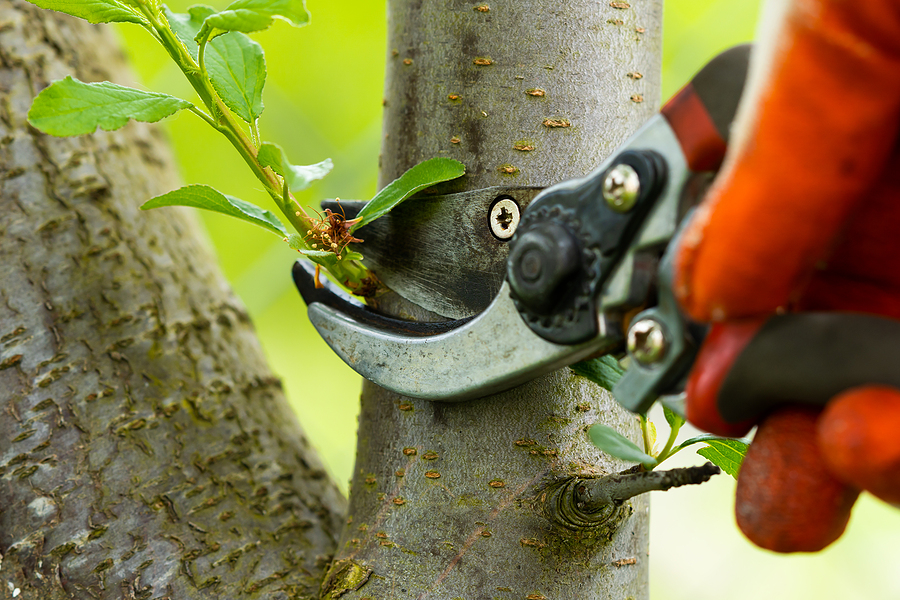
Why Prune?
Tree pruning is essential for maintaining tree health, but it serves other purposes as well. Trees that are pruned correctly tend to have stronger and more resilient branches, making them less susceptible to damage from strong winds or heavy snowfall. Additionally, pruning can help shape trees and promote better growth in specific areas. For example, if a tree has a dense canopy, pruning can allow more sunlight to reach the lower branches and encourage growth in those areas. Correct pruning techniques can also prevent overcrowding and reduce the risk of disease by improving air circulation. Ultimately, regular pruning helps trees reach their full potential, making them more robust and aesthetically pleasing.
When to Prune
Timing is crucial when it comes to pruning. It’s best to prune trees during their dormant season, which is typically in late winter or early spring before new growth begins. Pruning during this time allows for minimal stress on the tree, and cuts will heal faster as they are not competing with new growth for nutrients. However, some trees may benefit from specific pruning at different times of the year. For instance, spring-flowering trees should be pruned immediately after they bloom, as their buds form on old wood. Knowing when to prune is vital in ensuring the health and vitality of your trees.
How to Prune
Now that we know the importance of pruning and when it should be done let’s dive into the “how” of correct pruning methods. The first step is to use the right tools, including sharp and clean pruning shears, loppers, and a pruning saw for larger branches. It’s important to make clean cuts at a slight angle just above the branch collar (where the branch meets the trunk), as this allows for proper healing and helps prevent disease from entering the tree.
When approaching pruning, keep in mind that less is often more. Avoid excessive pruning, also known as “topping,” as it can harm the tree and lead to weak regrowth. Instead, focus on removing dead, damaged, or diseased branches first, followed by any crossing or rubbing branches. If shaping is necessary, aim for a natural look rather than an overly uniform shape. It’s also important not to over-prune as this can stress the tree and affect its overall health.
Conclusion
In conclusion, pruning is a crucial aspect of tree care that should not be overlooked. By understanding the importance of pruning, knowing when to prune, and how to do it correctly, you can ensure the health and longevity of your trees. So next time you pick up those pruning shears, remember these tips and strive for pruning perfection. Your trees will thank you with their lush, vibrant beauty.
Remember, proper tree care goes beyond just watering and fertilizing. Contact Complete Tree Care at 317-783-2518 for licensed tree trimming and pruning in Indianapolis, Indiana. We serve both residential and commercial clients all throughout Central Indiana.
Related Posts:
Corrective Pruning vs Maintenance Pruning: What’s the Difference?
Why You Should Remove Tree Branches That Overhang the Roof
The Benefits of Professional Tree Trimming Services

